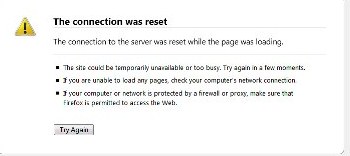
This is a resistor.
As you can see, there are several colored bands around the resistor. These tell us what the resistance of the resistor is. In most resistors, there is a gold or silver tolerance band on one side, and the closest band to it is the multiplier. The rest are digit bands, usually 2 or 3 depending on the number of significant figures known.
Let’s see what the code is:
Digit Colors:
- Black = 0
- Brown = 1
- Red = 2
- Orange = 3
- Yellow = 4
- Green = 5
- Blue = 6
- Violet = 7
- Gray = 8
- White = 9
Multiplier Colors:
- Black = 1
- Brown = 10
- Red = 10^2
- Orange = 10^3
- Yellow = 10^4
- Green = 10^5
- Blue = 10^6
- Gold = 10^-1
- Silver = 10^-2
Tolerance Colors:
- Gold = 5%
- Silver = 10%
First, locate the tolerance band. This is most often the gold or silver band. Start reading the resistor from the other side.
In the given resistor, we start by reading a brown band. Write down a digit value of 1. Then it’s a black band. Write down a digit value of 0 for it. The next band is the last band before the tolerance band, so it is the multiplier. Red is a multiplier of 10^2, so we take the digits we have written down, which is 10, and multiply by 100, to get 1000 ohms.
Then we come to the tolerance band. It tells us the accuracy of the code, and the gold band gives us an accuracy of within 5%, so the resistance of the resistor can be anywhere from 950 to 1050 ohms.


